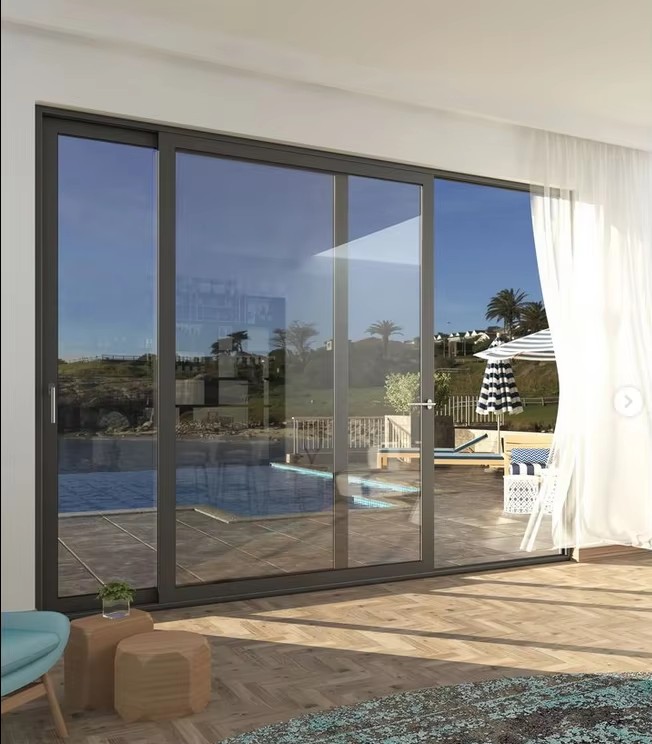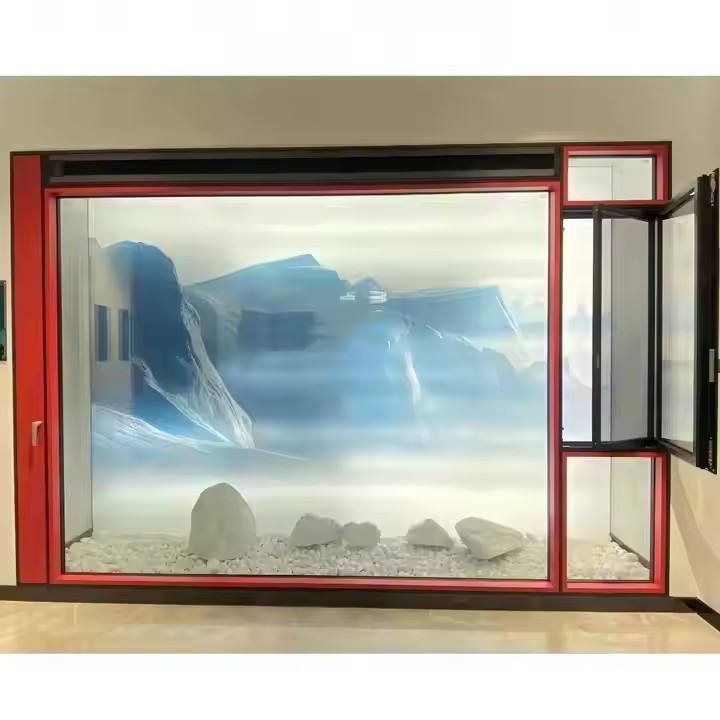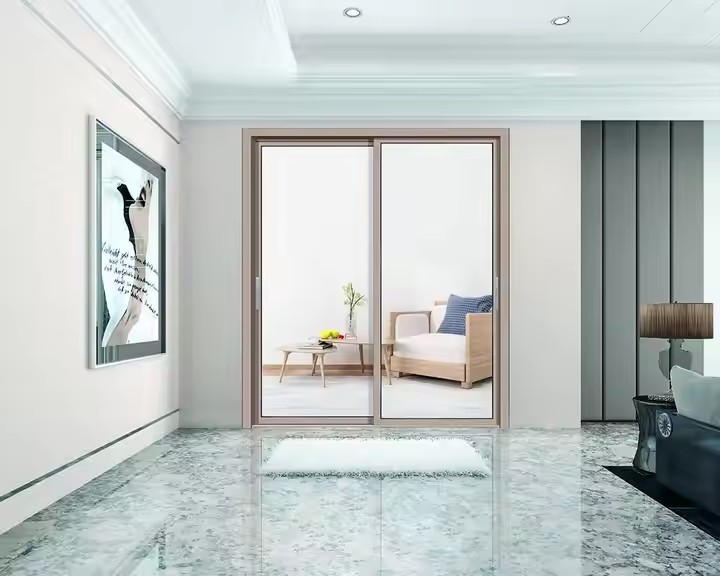Australia’s diverse climate conditions place strict requirements on the strength of windproof windows. For example, in snowy winters with heavy wind and snow, strong wind-resistant glass is needed to withstand severe weather, while maintaining good insulation to keep indoor temperatures stable. In coastal areas with villas or seafront houses, windows must resist strong waves and sea winds to ensure residential safety. In forested regions, where houses may face potential damage from wild animals, windows must be designed with additional security to prevent destruction.
Australia’s unique climate and geography demand high durability for windproof windows. The country is exposed to tropical cyclones in the north, strong coastal winds in the south, sandstorms and hail in inland areas, and intense UV radiation that accelerates material aging. Therefore, the design of strong windproof windows must focus on four core objectives: wind load resistance, impact resistance, material durability, and structural stability. Designs must comply with local codes and adapt to specific environmental conditions. For instance, desert-adjacent regions require windows resistant to wind and sand; high-altitude houses need pressure- and wind-resistant windows; areas with strong UV exposure require UV-resistant materials.

- Load Calculation and Structural Adaptation
Accurate wind load calculations are the foundation of strong design. The Australian Bureau of Meteorology divides the country into different wind load zones. For example, northern Queensland’s cyclone-prone areas have basic wind pressure values of 0.7–1.0 kPa, southern coastal Victoria is around 0.4–0.6 kPa, and inland arid regions are lower. Design must comply with the Building Code of Australia (BCA) and AS/NZS 1170.2 – Wind Actions, considering building height, shape coefficient, and terrain (open plains or coastlines). For high-rise and coastal buildings, gust factors and dynamic wind effects must be included to prevent window deformation, glass breakage, or frame-structure connection failure. In seismic-prone areas (e.g., parts of Western Australia), earthquake loads must also be considered, ensuring frame connections remain ductile and resistant to brittle failure. - Material Selection – Key to Strength
Glass must provide high strength and impact resistance.
Tempered glass is 3–5 times stronger than ordinary glass and breaks into small blunt particles to reduce injury risk.
Laminated tempered glass sandwiches a PVB interlayer between two tempered sheets; even if broken, fragments remain bonded, preventing fallout while maintaining resistance—ideal for typhoon or hail regions.
For super high-rise or extreme wind areas, double laminated tempered glass or insulated laminated glass is recommended.
Frames must combine strength with minimal deformation:
Aluminum alloy frames should have a wall thickness ≥ 1.4 mm, using high-strength grades such as 6063-T5 or 6061-T6, with fluorocarbon or powder coating to improve UV and corrosion resistance.
In saline coastal zones, 316 stainless steel frames offer superior salt-spray resistance compared to ordinary stainless steel or aluminum alloys.
Hardware fittings (hinges, handles, locks) are critical. Components should use 304 stainless steel or zinc alloy, with load-bearing capacity verified. Opening sashes should feature multi-point locking systems to ensure tight closure and enhanced wind resistance.

- Structural Detailing – Reinforcing Strength
Frame-to-wall connections must have sufficient bearing capacity and stability. Anchoring with stainless steel expansion bolts or chemical anchors is recommended, with spacing ≤ 600 mm. Corners and mid-sections should have denser anchoring for uniform load transfer.
For integrated curtain wall windows, frames should be rigidly connected to mullions with elastic pads at joints to absorb temperature changes or structural displacement, preventing frame cracking.
Proper sealing design prevents air and water infiltration while strengthening resistance under high wind loads.

